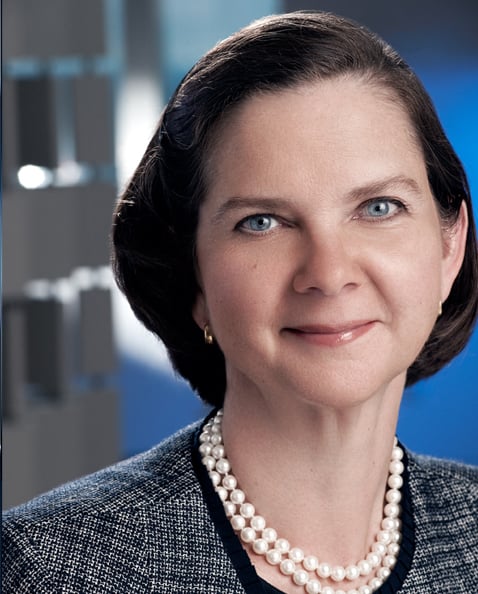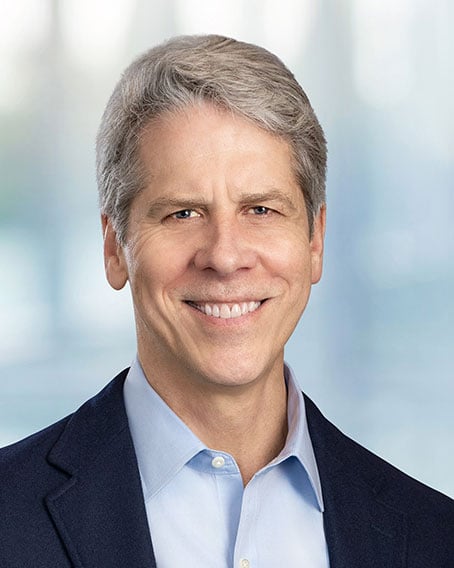In a new advisory opinion posted on May 21, 2009 (Advisory Opinion No. 09-05), the Office of Inspector General of the Department of Health and Human Services (OIG) has concluded that a hospital may pay its medical staff physicians fixed, unit-of-service amounts for delivering on-call coverage services to uninsured emergency department patients without risk of sanction under the federal anti-kickback statute. The OIG praises the approach of paying only for “tangible services” rather than the more prevalent per diem approach, which the OIG had addressed in a prior advisory opinion.
The Arrangement
In the proposed arrangement, a not-for-profit, disproportionate share hospital seeks to pay its medical staff physicians for taking call in the hospital’s emergency department but only in return for delivering discrete, on-site services to patients who lack any source of third-party payment (including Medicaid) and subsequently qualify for a state indigent-care program (“Eligible Patients”). Participating physicians would sign a letter of agreement with the hospital, waive all rights to bill Eligible Patients or third-party payors, and be compensated a flat amount per service in accordance with a uniform fee schedule tiered to the level of care furnished. As proposed, fees would range from $100 for each ER consultation to $300 for inpatient admissions and $350 for surgical procedures.
The OIG’s Analysis
In blessing the arrangement, the OIG highlights the following as important components of a permissible on-call coverage compensation structure:
Amount of compensation within the range of fair market value (FMV):
-
The physicians are to be paid only for “tangible” services actually rendered to indigent patients, as opposed to receiving “lost opportunity” or other “amorphous” payments tendered “regardless of actual emergency department calls.”
-
The patients served must be uninsured in accord with objective state eligibility criteria, thus eliminating the risk of duplicate payment.
-
The physicians must agree to follow Eligible Patients if admitted, without additional compensation.
-
Rates of payment are “scrupulously tailored” to reflect the value of distinct categories of services.
Legitimate rationale for on-call payment. According to the hospital, its physicians’ resistance to taking uncompensated call had reached the point that its emergency room was chronically understaffed, forcing the hospital to outsource its emergency care obligations and jeopardizing patient care.
Uniform access and strict enforcement. Participation in the program would be offered to all active members of the hospital’s medical staff, regardless of department, specialty or volume of referrals, with strict enforcement of rotation schedules, claims submission requirements, and other program terms.
Public benefit. The program would serve the public purpose of forestalling on-call shortages and thus promoting better emergency services for the county’s uninsured patients.
Problematic Payment Structures
Just as in its favorable 2007 advisory opinion discussing a per diem rate structure for on-call payments (No. 07-10), the OIG frowned upon on-call programs that “may represent little more than illicit payments for referrals.” As examples of such high-risk programs, the OIG listed:
- “Lost opportunity” or similar payments that do not reflect bona fide lost income;
- Payments to physicians when no identifiable services are provided;
- Disproportionately high on-call payments (compared to the physician’s regular medical practice income); and
- Payments for services separately reimbursed by insurers or patients (resulting in double-dipping).
Although it featured the same list two years ago (in Advisory Opinion 07-10), the OIG’s most recent pronouncement suggests that the OIG may now prefer payment for on-call services, not just on-call coverage or “availability” arrangements without a specific nexus to services provided. To the extent that per diem stipends do not reflect bona fide lost income or supplement professional fees that the physician may receive for patients with third-party coverage, Advisory Opinion 09-05 sends a cautionary message. As many hospitals struggle with physicians who refuse to take call at any price or without a per shift or per diem payment, the OIG's position reemphasizes the importance of ensuring that payments on a per shift or per diem basis should be based on a rigorous, well-documented fair market value analysis, taking into account the frequency of call, the amount of uncompensated care furnished and the additional burdens (such as follow-up care) imposed on physicians. Simply paying what is demanded by physicians, without solid support that the payments are FMV, appears to be an increasingly risky approach.
If you have questions about this advisory opinion or other aspects of on-call payment arrangements, please contact any of the attorneys listed above, or the Ropes & Gray attorney who normally advises you.
Authors

Stay Up To Date with Ropes & Gray
Ropes & Gray attorneys provide timely analysis on legal developments, court decisions and changes in legislation and regulations.
Stay in the loop with all things Ropes & Gray, and find out more about our people, culture, initiatives and everything that’s happening.
We regularly notify our clients and contacts of significant legal developments, news, webinars and teleconferences that affect their industries.

